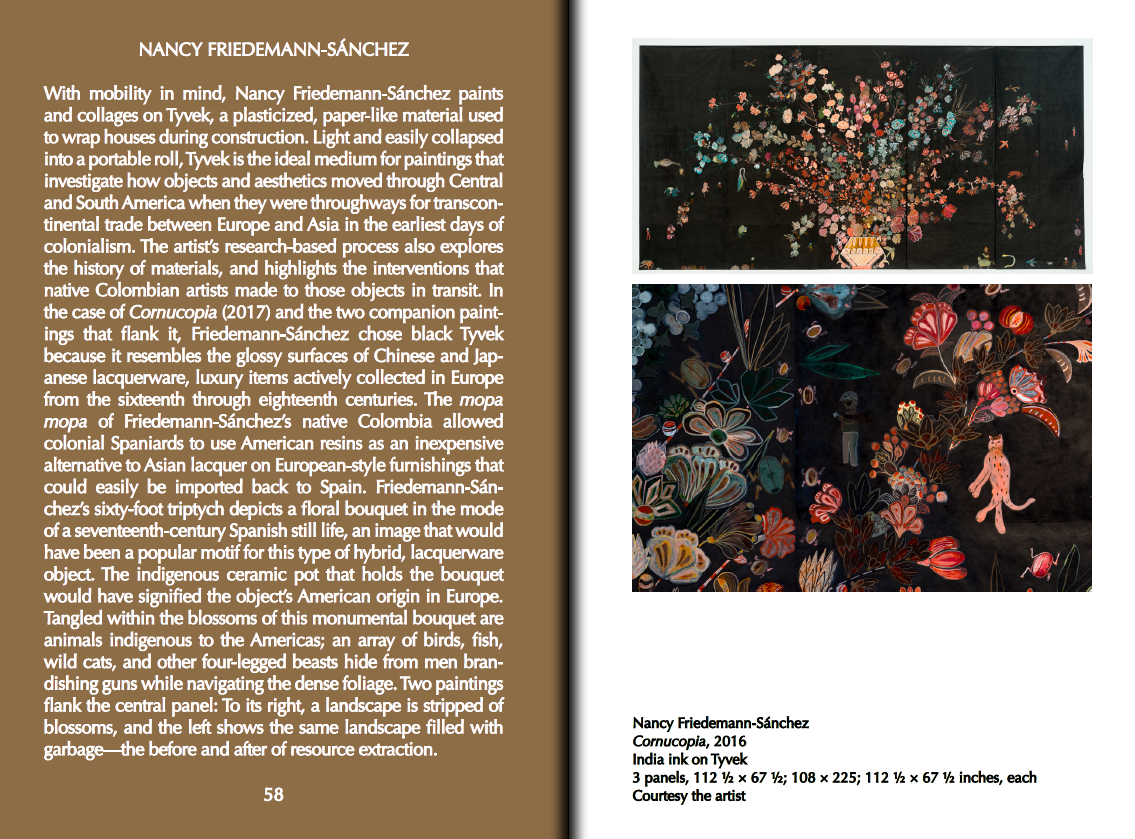Monarchs: Brown and Native Contemporary Artists in the Path of the Butterfly (SOLD OUT)
Co-published with Bemis Center for Contemporary Arts on the occasion of the exhibition Monarchs: Brown and Native Contemporary Artists in the Path of the Butterfly curated by Risa Puleo. The exhibition takes the migration path of the Monarch butterfly, as a geographic range and a metaphor. The butterfly crosses the border of the United States at its junctions with Canada at the north and Mexico in the south along the entire length of both of these conceptual divides. Bypassing the hotter, desert regions of the country, Monarchs flock along its western and eastern coastal edges, but the busiest path of the orange-and-black butterfly is through the center of the United States. The Monarch travels through Midwestern states of Minnesota, Wisconsin, and Illinois, across the Great Plains of Nebraska, Kansas, and Oklahoma, onwards through the Texas Hill Country all the way to the state of Michoacán in Mexico. The path of the butterfly also connects the site of the Dakota Access Pipeline where it crosses the Missouri River at the border of the Standing Rock nation to the U.S.-Mexico border, but the butterfly itself is indifferent to these artificial borders and conceptual divisions. Apart from the name of the butterfly, the word “monarchs” has another meaning: Monarch signals an acknowledged ruler that is the head of a state or nation, and with that rule, the independence and freedom to rule; sovereignty. Artists in the exhibition take up this idea to present the perspectives of people native to the Americas.
The publication, authored and edited by Puleo, considers how objects, still and moving images, sound, and performances made by artists living in the path of the butterfly reveal their identities through form, process, and materiality rather than through content.




